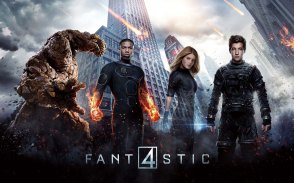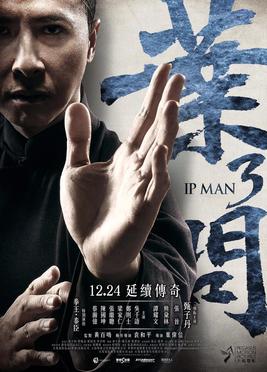I’ve recently noticed a disturbing trend. Comic book movies are being shoved down viewers throats. In the past, about one or two new live action comic book movies came out every year. This year so far, we’ve had three and it isn’t even June yet.
Why I find this alarming is because the quality of these films has also begun to slip. With an exception of a few movies including Deadpool (2016), comic book movies are running into the same problems over and over again. One would think that with the large fan base supporting these films, problems such as these would be eliminated as soon as they started.
1. Building a universe in one standard length film does not work. We’ve seen this happen twice with two very recent films, Avengers: Age of Ultron (2015) and Batman V Superman: Dawn of Justice (2016). Both of these films were focused on creating a universe in which characters could thrive and more sequels and spin offs could be made. Because of this, it was almost as if the screenwriters forgot that a well thought out plot is the key to a successful film. Look at Deadpool for example, this film clearly wasn’t focused on building a universe; it focused on being a stand alone film. It had a straightforward plot line and put attention towards the characters and events in the moment, not in the future. In fact, the only thing that director did to tell the audience that a sequel would be coming was add in a post-credit scene at the end. More importantly, it worked.
Unfortunately, the two films mentioned previously forgot to do this. Batman V Superman specifically had such a jumbled plot filled with way too many cameos for the audience to even understand what happened at the end. So many things were left unexplained that it’s not a stand alone film anymore, it requires a sequel which is the wrong way of looking at a story when making a film. Although Avengers: Age of Ultron did do a better job of creating a stand alone film, it still had too much information they needed to put into the plot in order to keep in concise. Take a film trilogy like Lord of the Rings, each film can be viewed individually without too many questions left unanswered. The plot is simple to follow despite having up to three different characters on different paths at once. The main point is, even if a film is meant to become a part of a series, this should not take away from the importance of it as an individual film.
2. Just because it’s a high budget superhero film doesn’t mean it’s going to be successful or well liked. The most recent version of Fantastic Four (2015) proves this statement beyond what I could describe with words. With a mere 6% rating on RottenTomatoes, clearly something is wrong with how they made this film. To begin with, this film took itself way too seriously. This combined with a bad plot, universe building, bad effects and costume design, its a horrible film, yet the creators clearly thought it was going to be well received with how much effort they put in and the overall tone of the film. Batman and Robin (1997) had quite a few issues with this as well. Watching this film, it almost seemed like the director expected it to be a successful film because of its name. Almost all Batman fans (including myself) despise this film because its awful. The Dark Knight (2008) however, was extremely successful and revolutionary for comic book films because it put the effort into making a film, not just expanding a franchise or using its name to draw in an audience. The writers clearly cared about character development, the performances were excellent and the story was incredibly detailed yet straight forward. They genuinely cared about the film as a film, not just a comic book adaption.
The most recent version of Fantastic Four (2015) proves this statement beyond what I could describe with words. With a mere 6% rating on RottenTomatoes, clearly something is wrong with how they made this film. To begin with, this film took itself way too seriously. This combined with a bad plot, universe building, bad effects and costume design, its a horrible film, yet the creators clearly thought it was going to be well received with how much effort they put in and the overall tone of the film. Batman and Robin (1997) had quite a few issues with this as well. Watching this film, it almost seemed like the director expected it to be a successful film because of its name. Almost all Batman fans (including myself) despise this film because its awful. The Dark Knight (2008) however, was extremely successful and revolutionary for comic book films because it put the effort into making a film, not just expanding a franchise or using its name to draw in an audience. The writers clearly cared about character development, the performances were excellent and the story was incredibly detailed yet straight forward. They genuinely cared about the film as a film, not just a comic book adaption.
Comic book films are not just adaptions of comic books. Looking at successful and well done superhero movies like Deadpool, The Dark Knight Trilogy and Avengers (2012), the creators knew that they were making a film and that it needed to flow like a good non-comic book film would. This is the mentality that separates great comic book film adaptions from the mediocre to horrible ones.
Meggan S.

 n Mission: Impossible – Ghost Protocol (2011) have been as exhilarating if the audience didn’t literally see Tom Cruise hanging on the outside of the building? Probably not. Like anything, a good foundation is the key to success which is why casting an actor who will do stunts is just a important as the choreography itself.
n Mission: Impossible – Ghost Protocol (2011) have been as exhilarating if the audience didn’t literally see Tom Cruise hanging on the outside of the building? Probably not. Like anything, a good foundation is the key to success which is why casting an actor who will do stunts is just a important as the choreography itself.